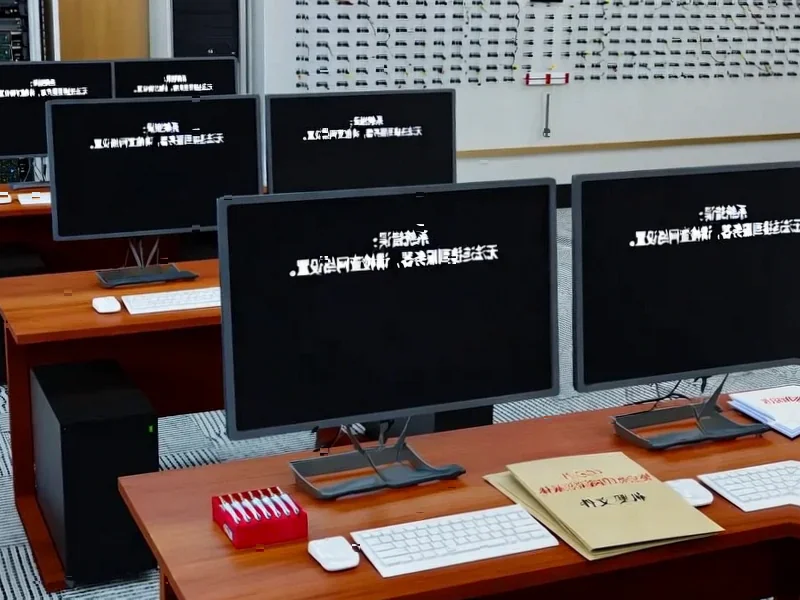According to Windows Report | Error-free Tech Life, Microsoft’s emergency out-of-band update KB5070881, designed to patch a critical WSUS vulnerability (CVE-2025-59287) being actively exploited, has caused Hotpatch enrollment issues on Windows Server 2025 systems. The company confirmed that a “very limited number” of Hotpatch-enrolled machines lost their enrollment after installing the patch, forcing Microsoft to restrict the update to non-Hotpatch machines only. Affected systems will instead receive the October 24, 2025 Security Update (KB5070893) alongside the planned October baseline update (KB5066835) to maintain their Hotpatch status. Security researchers note that over 2,600 WSUS servers remain exposed to the internet, creating significant risk for unpatched systems. This emergency patch situation highlights the delicate balance between security urgency and system stability.
The Enterprise Patch Management Dilemma
This incident represents a classic enterprise IT dilemma: the tension between rapid security response and operational stability. Hotpatch technology was specifically designed to eliminate the need for server reboots during updates, making it particularly valuable for high-availability environments like financial services, healthcare, and e-commerce platforms. When Microsoft releases an emergency patch that breaks this functionality, it forces IT teams into impossible choices. Do they deploy the security fix immediately and risk service disruption, or delay patching and leave critical infrastructure vulnerable to confirmed active exploits? The fact that this affects Windows Server 2025 specifically is particularly concerning, as enterprises adopting Microsoft’s latest server platform expect mature, stable update mechanisms.
Cascading Security and Compliance Impacts
Beyond the immediate operational headaches, this patch issue creates significant compliance and security management challenges. Organizations subject to regulatory requirements like PCI DSS, HIPAA, or SOX often have strict patch deployment timelines. When a critical vulnerability emerges with active exploitation, compliance frameworks typically require immediate remediation. However, if the remediation itself causes system instability or breaks critical functionality, organizations face potential compliance violations either way. The situation becomes even more complex for managed service providers and cloud hosting companies, where patch deployment decisions affect multiple clients simultaneously. This incident demonstrates why many enterprises maintain sophisticated testing environments and staged deployment processes, though emergency patches by their nature often bypass these safeguards.
Hotpatch Technology Reliability Questions
The disruption to Hotpatch functionality raises broader questions about the maturity of Microsoft’s live-patching technology. Hotpatch represents a significant advancement for maintaining service continuity, but incidents like this undermine confidence in its reliability. For enterprises that have built their operational procedures around the assumption of reboot-free updates, discovering that emergency patches can break this functionality creates operational uncertainty. This isn’t just about one broken update—it’s about whether organizations can trust the fundamental premise of Hotpatch technology during security crises. The workaround Microsoft provided, while functional, adds complexity to patch management processes that were supposed to be simplified by Hotpatch technology.
Broader Enterprise Ecosystem Vulnerability
The underlying WSUS vulnerability and the patch complications highlight systemic risks in enterprise update infrastructure. With over 2,600 WSUS servers exposed to the internet according to Shadowserver data, the attack surface remains substantial even after Microsoft’s emergency response. Many organizations continue to operate WSUS servers with default configurations despite years of security guidance recommending otherwise. The combination of widespread vulnerable infrastructure and complicated patch deployment creates a perfect storm for enterprise security teams. This incident serves as a reminder that even Microsoft’s core update distribution mechanism isn’t immune to serious security flaws, and that emergency patches can sometimes create as many problems as they solve.




